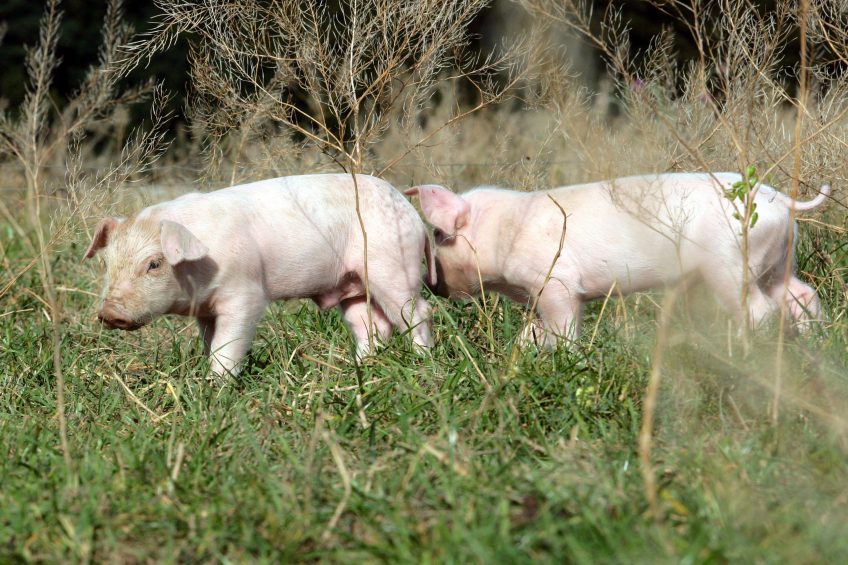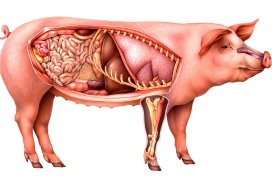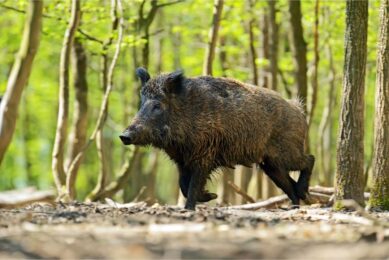When it comes to walking, pigs learn super fast

Pigs learn how to walk extremely rapidly – they usually master the art of walking within 8 hours after birth. That is the outcome of Belgian research.
The researchers, all attached to the University of Antwerp, published their outcomes recently in the Journal of Experimental Biology.
In the abstract of their paper, the researchers explained the background of their study: “Locomotion is one of the most important ecological functions in animals. Precocial animals, such as pigs, are capable of independent locomotion shortly after birth. This raises the question whether coordinated movement patterns and the underlying muscular control in these animals is fully innate or whether there still exists a rapid maturation.”

Find out all there is to know about pig health using Pig Progress’ unique Pig Health Tool
Video-analysis of piglets walking in a corridor
The research team described how they addressed that issue by studying gait development in 14 neonatal pigs in the first 4 days of their lives, through the analysis of spatio-temporal gait characteristics during locomotion at self-selected speed. They videotaped piglets walking along a corridor at several time points (from 0 hours to 96 hours).
Then, they said, they analysed self-selected speed and spatio-temporal characteristics (e.g. stride and step lengths, stride frequency and duty factor) to study dynamic similarity, intralimb coordination and interlimb coordination. To assess the variability of the gait pattern, they also studied left-right asymmetry.
They wrote: “To distinguish neuromotor maturation from effects caused by growth, both absolute and normalised data (according to the dynamic similarity concept) were included in the analysis. All normalised spatio-temporal variables reached stable values within 4 hours of birth, with most of them showing little change after the age of 2 hours.”
Stable values within 8 hours of birth
Concluding, the researchers wrote: “Most asymmetry indices showed stable values, hovering around 10%, within 8 hours of birth. These results indicate that coordinated movement patterns are not entirely innate, but that a rapid neuromotor maturation, potentially also the result of the rearrangement or recombination of existing motor modules, takes place in these precocial animals.”
In an article by New Scientist, researcher Chris Van Ginneken was quoted to say, “At first we were a bit puzzled by the different time points by which some variables stabilised.” She added that it does make sense that a piglet needs to have its basic motor skills in place before it can fine-tune them.
The paper in the Journal of Experimental Biology was written by Charlotte Vanden Hole, Jana Goyens, Sara Prims, Erik Fransen, Miriam Ayuso Hernando, Steven Van Cruchten, Peter Aerts and Chris Van Ginneken, all attached to the University of Antwerp, Belgium.
Join 18,000+ subscribers
Subscribe to our newsletter to stay updated about all the need-to-know content in the pigsector, three times a week. Beheer
Beheer










 WP Admin
WP Admin  Bewerk bericht
Bewerk bericht